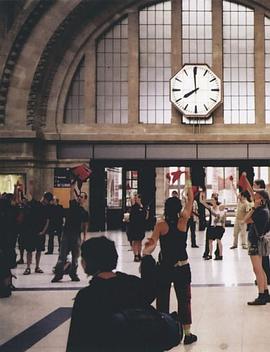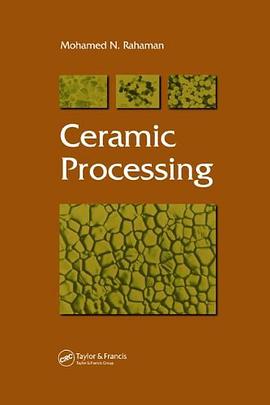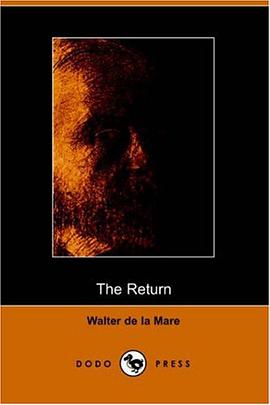

具体描述
Japan's first professionally produced, commercially marketed and nationally distributed gay lifestyle magazine, "Barazoku" ("The Rose Tribes"), was launched in 1971. Publicly declaring the beauty and normality of homosexual desire, "Barazoku" electrified the male homosexual world whilst scandalizing mainstream society. It also sparked a vibrant period of activity that saw the establishment of an enduring Japanese media form, the homo magazine. This book examines the history of the relationship between male homosexuality and conceptions of manliness in post-war Japan. It provides a detailed account of the formative years of the homo magazine genre in the 1970s, and explores its evolution in subsequent years, analyzing key issues including homophobia; gay liberation; male-male sex, love and friendship; the masculine body; and manly identity. The author investigates the phenomenon of 'manly homosexuality', often neglected both in masculinity studies with its assumption of manliness as an exclusively heterosexual quality, and in gay studies with its focus on queer and transgressive gendered identities. Attempting to understand 'manly homosexuality' not as part of a conceptual ghetto, but instead situating gay men alongside their heterosexual counterparts to argue that their desires and individual narratives were constructed within, and not necessarily outside of, the dominant narratives of the nation, manliness and Japanese culture.
作者简介
目录信息
读后感
评分
评分
评分
评分
用户评价
相关图书
本站所有内容均为互联网搜索引擎提供的公开搜索信息,本站不存储任何数据与内容,任何内容与数据均与本站无关,如有需要请联系相关搜索引擎包括但不限于百度,google,bing,sogou 等
© 2026 book.wenda123.org All Rights Reserved. 图书目录大全 版权所有




















